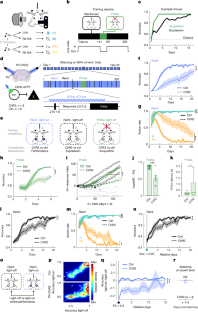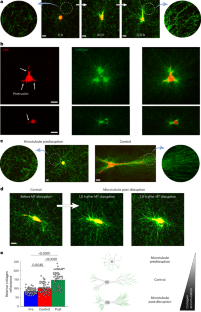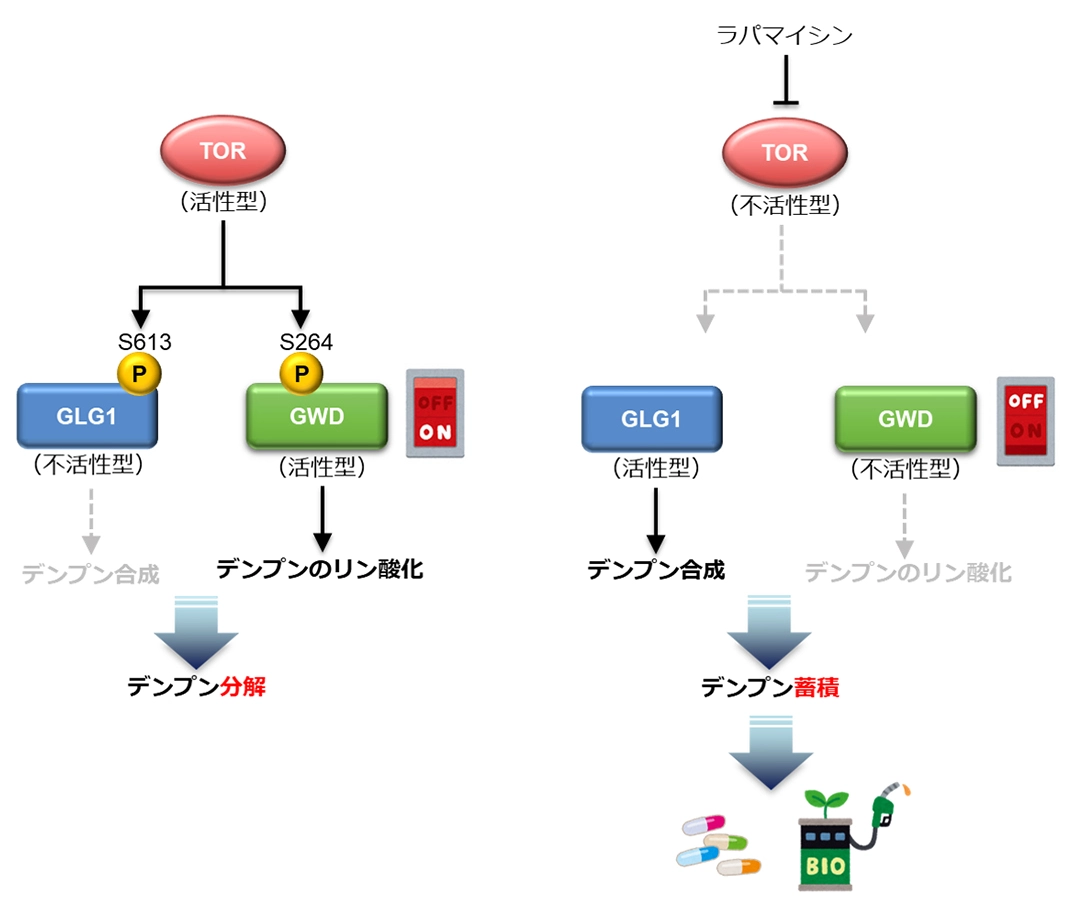2025-03-19 ジョンズ・ホプキンス大学(JHU)
ChatGPT:
<関連情報>
- https://hub.jhu.edu/2025/03/19/brain-imaging-learning/
- https://www.nature.com/articles/s41586-025-08730-8
- https://www.cell.com/current-biology/abstract/S0960-9822(24)00457-3
感覚皮質における潜在的知識の迅速な出現が学習を促進する Rapid emergence of latent knowledge in the sensory cortex drives learning
Céline Drieu,Ziyi Zhu,Ziyun Wang,Kylie Fuller,Aaron Wang,Sarah Elnozahy & Kishore Kuchibhotla
Nature Published1:9 March 2025
DOI:https://doi.org/10.1038/s41586-025-08730-8

Abstract
Rapid learning confers significant advantages on animals in ecological environments. Despite the need for speed, animals appear to only slowly learn to associate rewarded actions with predictive cues. This slow learning is thought to be supported by gradual changes to cue representation in the sensory cortex. However, evidence is growing that animals learn more rapidly than classical performance measures suggest, challenging the prevailing model of sensory cortical plasticity. Here we investigated the relationship between learning and sensory cortical representations. We trained mice on an auditory go/no-go task that dissociated the rapid acquisition of task contingencies (learning) from its slower expression (performance). Optogenetic silencing demonstrated that the auditory cortex drives both rapid learning and slower performance gains but becomes dispensable once mice achieve ‘expert’ performance. Instead of enhanced cue representations, two-photon calcium imaging of auditory cortical neurons throughout learning revealed two higher-order signals that were causal to learning and performance. A reward-prediction signal emerged rapidly within tens of trials, was present after action-related errors early in training, and faded in expert mice. Silencing at the time of this signal impaired rapid learning, suggesting that it serves an associative role. A distinct cell ensemble encoded and controlled licking suppression that drove slower performance improvements. These ensembles were spatially clustered but uncoupled from sensory representations, indicating higher-order functional segregation within auditory cortex. Our results reveal that the sensory cortex manifests higher-order computations that separably drive rapid learning and slower performance improvements, reshaping our understanding of the fundamental role of the sensory cortex.
げっ歯類の学習におけるパフォーマンスエラーは動的選択戦略を反映している Performance errors during rodent learning reflect a dynamic choice strategy
Ziyi Zhu ∙ Kishore V. Kuchibhotla
Current Biology Published:April 26, 2024
DOI:https://doi.org/10.1016/j.cub.2024.04.017
Graphical abstract

Highlights
•Errors while learning a two-choice task are dominated by intentional strategies
•Strategies manifest as a dynamic choice bias, testing one option or another in bouts
•Mice exhibit sensitivity to violations of expected reward during biased epochs
•Violating expectations leads to an abrupt shift in strategy
Summary
Humans, even as infants, use cognitive strategies, such as exploration and hypothesis testing, to learn about causal interactions in the environment. In animal learning studies, however, it is challenging to disentangle higher-order behavioral strategies from errors arising from imperfect task knowledge or inherent biases. Here, we trained head-fixed mice on a wheel-based auditory two-choice task and exploited the intra- and inter-animal variability to understand the drivers of errors during learning. During learning, performance errors are dominated by a choice bias, which, despite appearing maladaptive, reflects a dynamic strategy. Early in learning, mice develop an internal model of the task contingencies such that violating their expectation of reward on correct trials (by using short blocks of non-rewarded “probe” trials) leads to an abrupt shift in strategy. During the probe block, mice behave more accurately with less bias, thereby using their learned stimulus-action knowledge to test whether the outcome contingencies have changed. Despite having this knowledge, mice continued to exhibit a strong choice bias during reinforced trials. This choice bias operates on a timescale of tens to hundreds of trials with a dynamic structure, shifting between left, right, and unbiased epochs. Biased epochs also coincided with faster motor kinematics. Although bias decreased across learning, expert mice continued to exhibit short bouts of biased choices interspersed with longer bouts of unbiased choices and higher performance. These findings collectively suggest that during learning, rodents actively probe their environment in a structured manner to refine their decision-making and maintain long-term flexibility.


